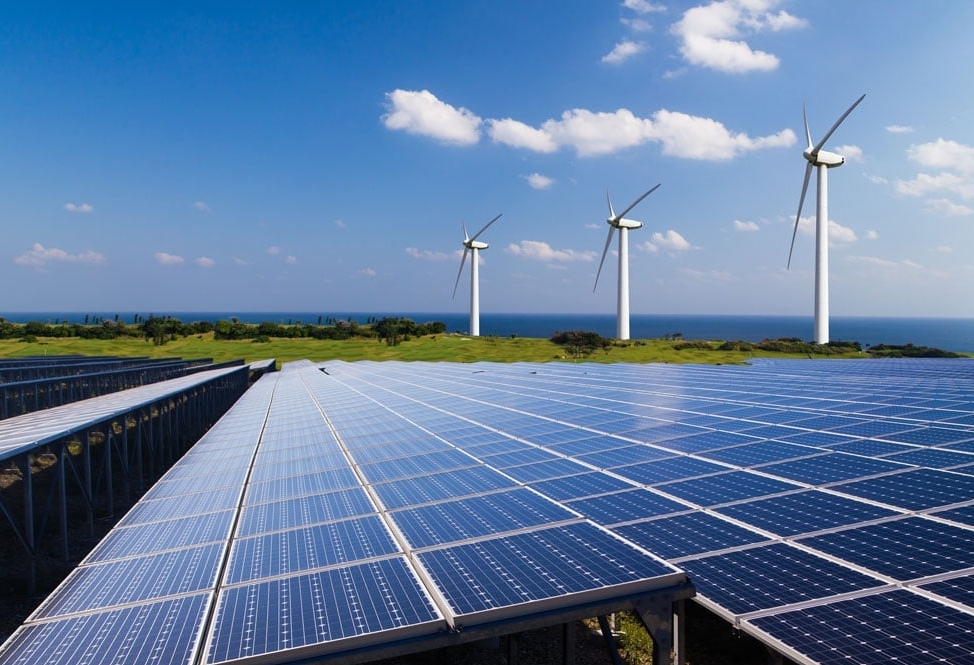



Clean energy tech needs to rise to meet climate goals

Baku, September 10, AZERTAC
A major effort to develop and deploy clean energy technologies worldwide is urgently needed to meet international energy and climate goals, according to a recent International Energy Agency (IEA) report on Thursday, Anadolu Agency reports.
These efforts are mainly needed to reduce carbon emissions from areas beyond the power sector such as transport, buildings and industry, according to the IEA’s Energy Technology Perspectives (ETP) 2020 - the first core ETP report for three years following a revamp of the series.
According to the ETP report, which analyses more than 800 different technology options to assess what needs to happen to reach net-zero emissions by 2070 while ensuring a resilient and secure energy system, structural changes to the energy system are required with global carbon emissions at such high levels.
The report reveals that transitioning just the power sector to clean energy would move the world only one-third of the way to net-zero emissions.
The report said to complete the journey, far more attention is required on the transport, industry and buildings sectors, which today account for about 55% of CO2 emissions from the energy system.
According to the report, much greater use of electricity in these sectors – for powering electric vehicles, recycling metals, heating buildings and many other tasks – can make the single largest contribution to reaching net-zero emissions.
Commenting on the recent report, Fatih Birol, executive director of the IEA, stated that despite the difficulties caused by the novel coronavirus (Covid-19) pandemic, several recent developments provided grounds for increasing optimism about the world’s ability to accelerate clean energy transitions and reach its energy and climate goals.
"Solar is leading renewables to new heights in markets across the globe, interest rates can help finance a growing number of clean energy projects, more governments and companies are throwing their weight behind these critical technologies, and all-important energy innovation may be about to take off," he said.
In heavy industries, strategically timed investments could help avoid around 40% of cumulative emissions from existing infrastructure in these sectors.
The report also underlined the large and varied role that hydrogen is expected to play in helping the world reach net-zero emissions by forming a bridge between the power sector and industries.
"In the IEA’s Sustainable Development Scenario – a pathway for reaching international energy and climate goals – the global capacity of electrolysers, which produce hydrogen from water and electricity, expands to 3,300 gigawatts in 2070, from 0.2 gigawatts today," the report revealed.
Bucharest to host fourth ministerial meeting on green energy development and transmission
Azerbaijan Renewable Energy Agency, Japan's Komaihaltec Inc. sign MoU
Azerbaijan represented at Energy Regulators Regional Association`s meeting